When is a minimum not a minimum?
When it’s a floor.
That’s the term the Home Office was using yesterday for its new minimum – sorry, I can’t stop typing it – price on booze.
In new guidance that aims to ban sales of “below-cost” alcohol, the government has ordered that the “floor price” of a 440ml can of 4% ABV lager will be 41p. Similarly, a 70cl bottle of 37.5% ABV vodka can’t be priced lower than £8.89.
Cue newspaper headlines this morning proclaiming the introduction of ‘minimum pricing’ for booze. Some even accused ministers of “sneaking in” a measure that would hit “hard-up Brits”, with Tory MPs frothing at the very suggestion a Conservative government would be involved in price fixing.
But there’s minimum pricing and there’s minimum pricing: the below-cost crackdown is not to be confused with minimum unit pricing, which was kicked into the long grass by the government last year. Under that proposal, a threshold of 45p per unit would have bumped up the minimum price of a can of average-strength beer to nearer 90p.
So as price fixing goes, this is pretty tame stuff – it’s estimated the measure will affect just 1.3% of all alcohol units sold.
As for the impact on the nation’s health, home office minister Norman Baker says it will “stop the worst examples of very cheap and harmful drink”, but Alcohol Concern says the measure is “laughable”. In fairness, it’s worth noting that the floor price on a 440ml can of 9% super-strength lager will be £1.16; this will apply to multipack deals as well. This may go some way towards tackling extremely cheap deals on super-strength beer, of the type that has been the subject of bans in some local areas.
Meanwhile, the industry response has been – unsurprisingly – more welcoming. “This is a clear and straightforward measure that can be implemented quickly and will stamp out the worst cases of below-cost selling in shops and supermarkets,” says the BBPA. The ACS’ James Lowman likewise supports the ban, which “will help prevent loss leading and make the sale of illicit alcohol easier to identify”.
Bear in mind that ‘below cost’, in the government’s calculations, is worked out to a formula of duty + VAT. It does not factor in the actual cost of producing and shipping said product. So, while a retailer might be able to sell a can of lager for 41p, they wouldn’t make a lot of money from it (and could still be accused of loss leading).
All in all, you could be forgiven for thinking this below-cost ban – which has been years in the making – isn’t going to make an awful lot of difference to anybody, except perhaps for the small retailers who are going to have to crunch the numbers to make sure they are compliant by 6 April. As Lowman points out: “Two months is not long enough for retailers to familiarise themselves with the new rules and change in-store practices to ensure compliance.” These are the same retailers who already juggling age restrictions on a variety of products and have a tobacco display ban coming down the track.
It’s enough to drive you to drink (above cost, of course).



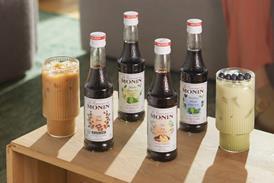




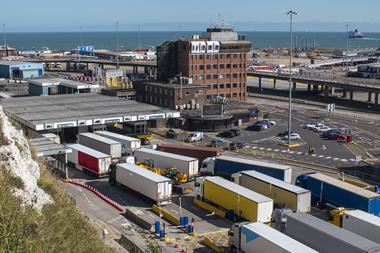
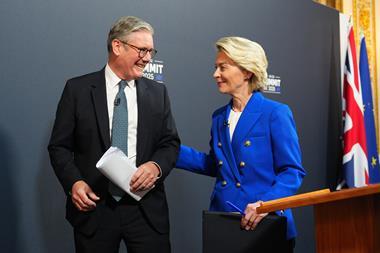

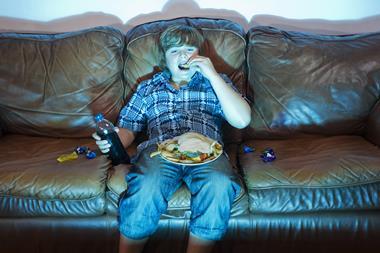
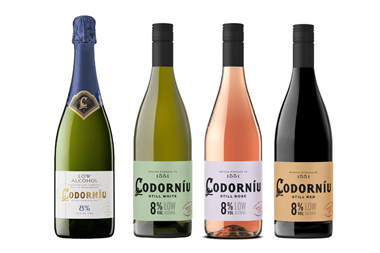
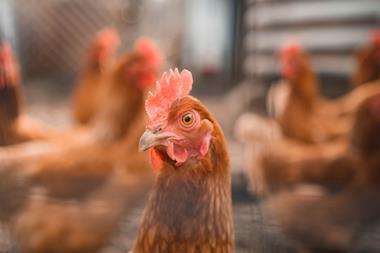
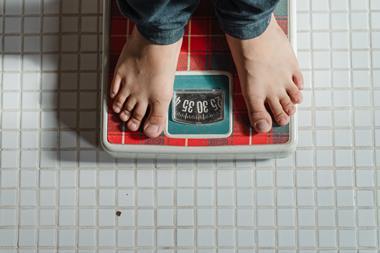




1 Readers' comment